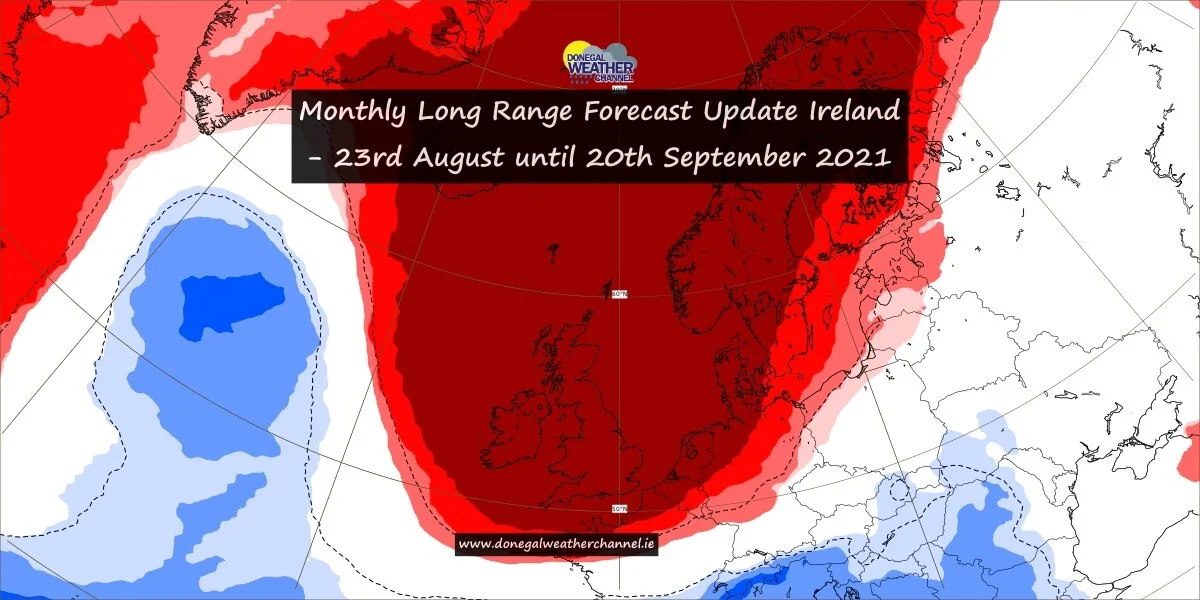Warmer than average summer forecast in the Arctic this year
Arctic Weather News
Above normal air and sea-surface temperatures are expected over the majority of the Arctic regions in June, July, and August 2021. Lower to near normal ice cover is the predominant forecast while early to near normal break-up of sea ice is expected for most regions. This is according to a new seasonal climate outlook produced by the Arctic Climate Forum.
Arctic temperatures continue to warm at more than twice the global average. Annual surface air temperatures over the last 5 years (2016–2020) in the Arctic (60°–85°N) have been the highest in the time series of observations for 1936-2020.
The extent of winter 2021 sea-ice was close to the average of the last 40 years in parts of the Arctic Ocean, but both the extent and the volume of Arctic sea-ice present in September - November 2020 were the second lowest (after 2012) on the satellite record since 1979.
To support Arctic decision makers in this changing climate, the recently established Arctic Climate Forum (ACF) convened by the Arctic Regional Climate CentreNetwork (ArcRCC-Network) under the auspices of WMO provides consensus climate outlook statements in May prior to summer thawing and sea-ice break-up, and in October before the winter freezing and the return of sea-ice. The role of the ArcRCC-Network is to foster collaborative regional climate services amongst Arctic meteorological and ice services to synthesize observations, historical trends, forecast models and and produce consensus climate statements.
Highlights
Warmer than normal surface air temperatures over the Nordic regions and Arctic Oceans contributed to mostly below normal ice conditions during the 2020-2021 winter all across the Arctic, although some interannual variability was observed. A meridian type of circulation with several ‘cold waves’ in Nordic, Western Siberian and Alaska regions stimulated ice growth in coastal parts of Eurasian Arctic Seas and Beaufort Sea.
Forecasted warmer than normal temperatures contributed to early to near normal spring break-up and below to near normal sea ice extent for the summer of 2021.
Temperature: The average surface air temperatures for February, March, and April ranked much lower than normal in Siberia and Alaska, to higher than normal for Greenland, Svalbard, and the Arctic Seas. Above normal temperatures and sea-surface temperatures are expected over the majority of the Arctic regions in June, July, and August 2021.
Precipitation: February, March, and April were drier than normal over parts of Western and Eastern Siberian regions, while Alaska, Bering and Chukchi, Central Canada, and Svalbard were wetter than normal. Wetter than normal conditions are expected to continue over several Arctic regions: Chukchi and Bering, Alaska, Eastern Canada and Canadian Archipelago. Historically, there is not high confidence in the precipitation forecast over the Arctic in June, July, and August 2021.
Sea-ice: The northern hemisphere March 2021 sea-ice extent maximum was the 7th lowest since 1979, driven by significant absences of ice in the Bering Sea, Barents Sea and the East Coast of Canada. For summer 2021, lower to near normal ice cover is the predominant forecast for the Arctic, while early to near normal break-up of sea ice is expected for most regions.
For the first time, the outlook includes a Snow water equivalent probabilistic seasonal forecast – a new experimental product.
The 7th Arctic Climate Forum (ACF-7) took place as a virtual meeting on May 26-27 2021. The meeting was hosted by the Icelandic Met Office (IMO), in collaboration with ArcRCC-Network and WMO, and brought together meteorological services, academia, shipping industry, indigenous people, and other key partners and decision makers.



















